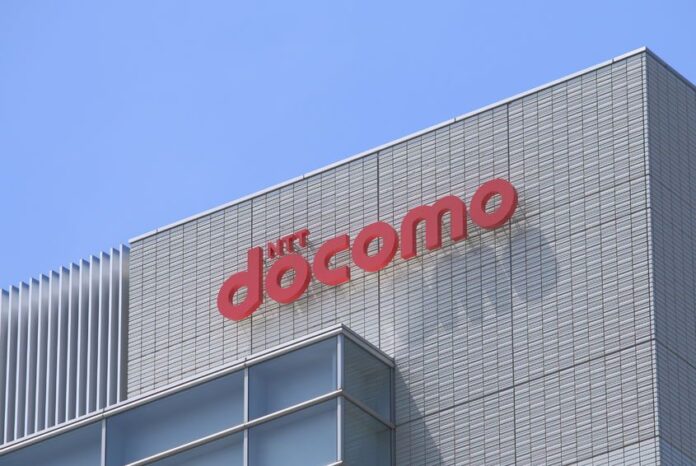The telco said the new initiative will allow partners and organizations to develop new use cases for 5G
Japanese telecommunications operator NTT Docomo plans to launch an open partner program this month to enable local business and government organizations to explore and develop new use cases for 5G.
NTT Docomo said the 5G open partner program will provide a platform for the firm’s business partners to experience 5G technology. The program will also serve as a platform for information exchange and strengthen cooperation between the Japanese telco and its partners in a move to explore new use cases for 5G.
According to the operator, a total of 523 companies and organizations have already expressed their intention to take part in this 5G initiative.
The 5G open partner program will start on Feb. 21. In an initial phase, NTT Docomo will provide workshops and information on the latest 5G information, with provision of a 5G use environment being available from April onwards.
NTT Docomo previously announced plans to launch commercial 5G services for the 2020 Olympic Games in Tokyo.
Last month, Nokia signed an agreement with NTT Docomo for the provision of 5G equipment for the operator’s future commercial launch.
Under the terms of the agreement, Nokia will support NTT Docomo’s commercial operation in Japan by further enhancing existing baseband units and integrating its 5G New Radio (5G NR)-based AirScale hardware in the network.
In November last year, NTT Docomo announced the completion of what it claimed to be the world’s first outdoor trial of 5G mobile technologies for ultra-reliable low-latency communications (URLLC) using a 4.5 GHz system developed in collaboration with Huawei.
NTT Docomo said the 5G trial simulated a realistic environment involving a stationary mobile terminal that received signals at distances of 0.8 to 1 km from the base station. Docomo said the trial achieved an over-the-air latency of less than 1ms with a packet transmission success rate of more than 99.999% –both prerequisites for URLLC under 3GPP and ITU-R standards.
In December 2017, Huawei and NTT Docomo have completed a joint field trial for 5G mobile communications over a long distance with 39 GHz millimeter wave (mmWave) band in Yokohama, Japan.
During the 5G trial, the downlink data transmissions were achieved at a maximum speed of more than 2 Gbps on a testing vehicle which was equipped with a user equipment equivalent to a mobile phone.
The two companies had also successfully completed high speed data transmission over a distance of 1.2km on the 28GHz millimeter wave spectrum. The field trial at Tokyo Skytree, in downtown Tokyo, achieved more than a 4.52Gbps downlink throughput and a 1.55Gbps uplink throughput with a coverage range of 1.2km.
For this 5G trial, Huawei supplied one of its 5G base stations which supports Massive MIMO and beamforming technologies as well as the 5G core network and 5G mmWave test user equipment used in the tests.
Rival mobile operators SoftBank and KDDI are also working on the development of use cases for 5G and have been involved in trials of this technology.

